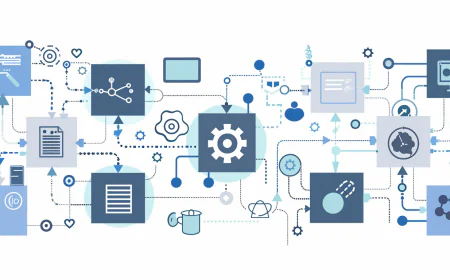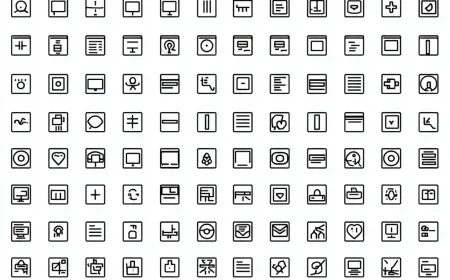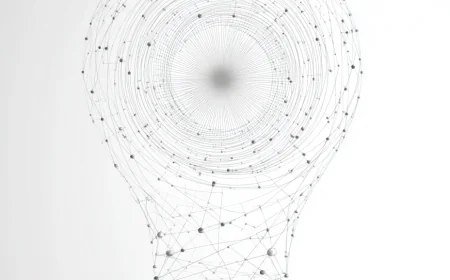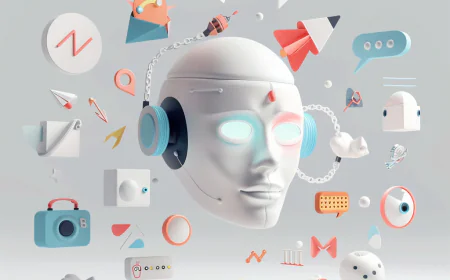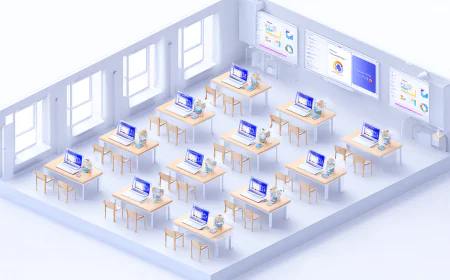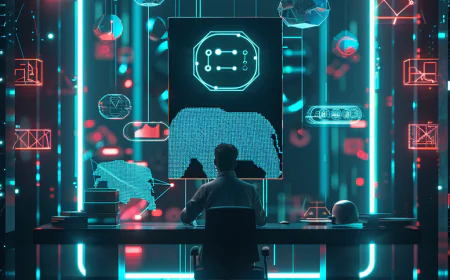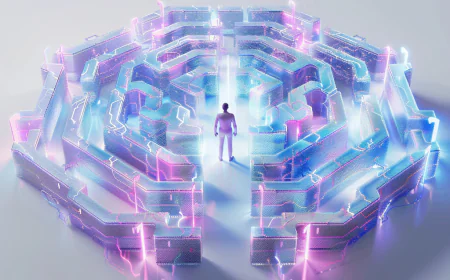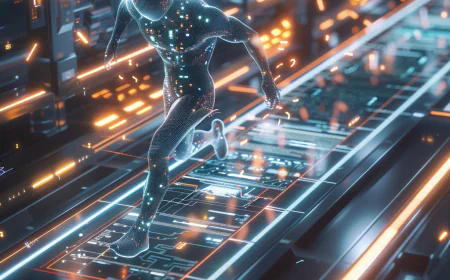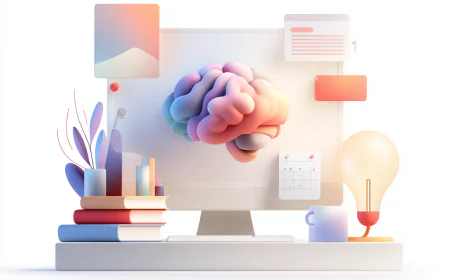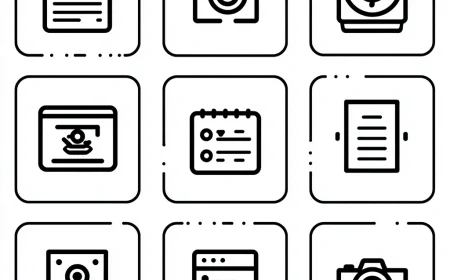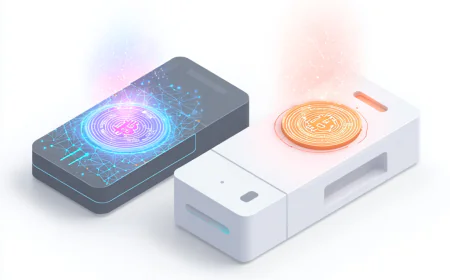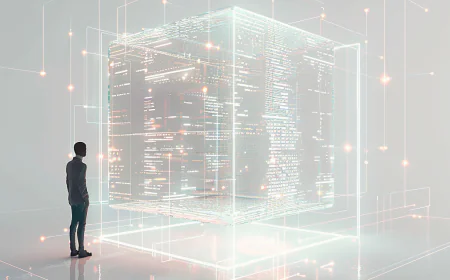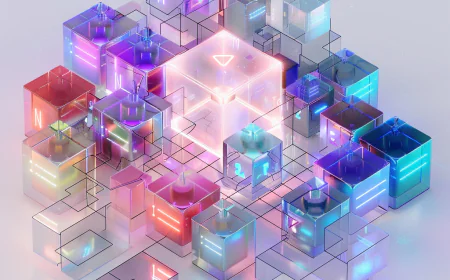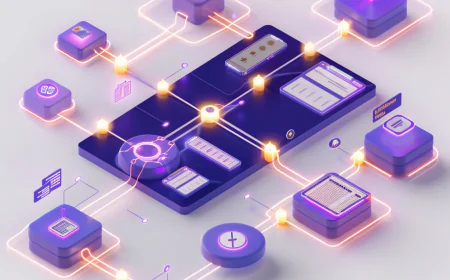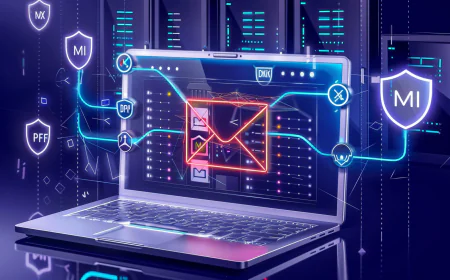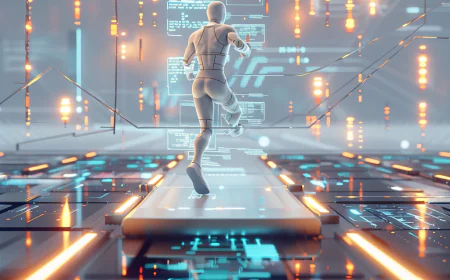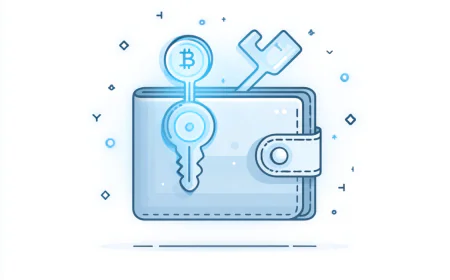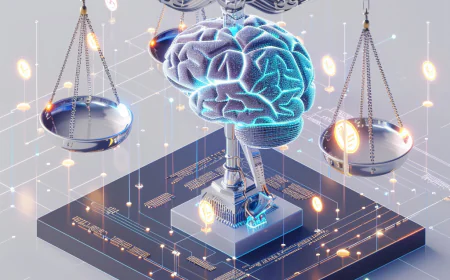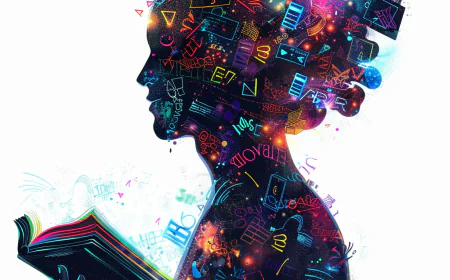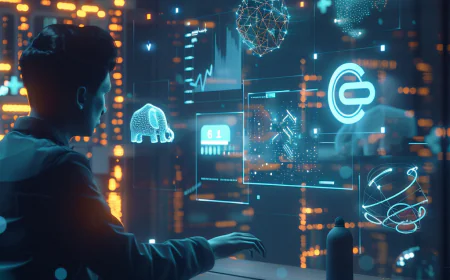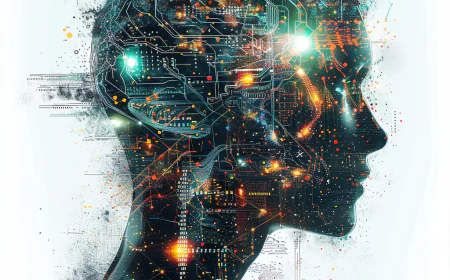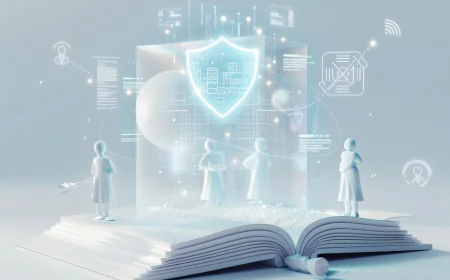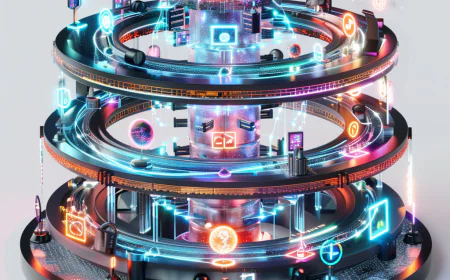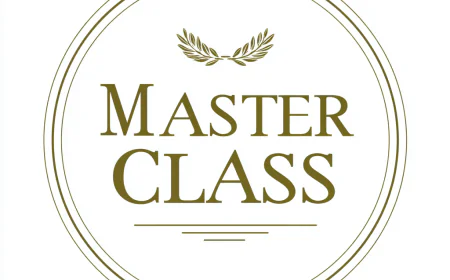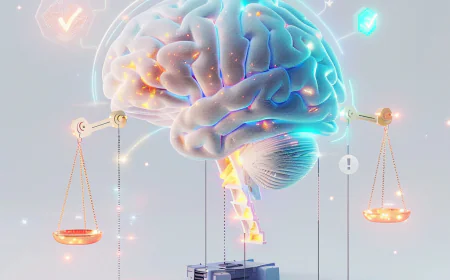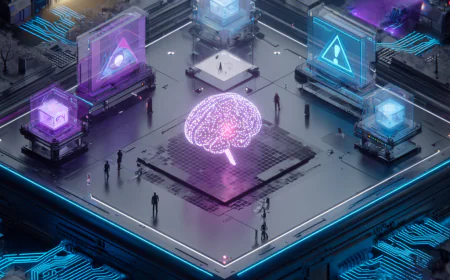Mastering AI Learning with RAG: Best Methods in 2025
Unlock the power of Retrieval-Augmented Generation (RAG) for AI learning in 2025. Explore top methods like Agentic RAG, GraphRAG, and CAG, with expert advice, comparisons, and real-world examples to build smarter AI systems.
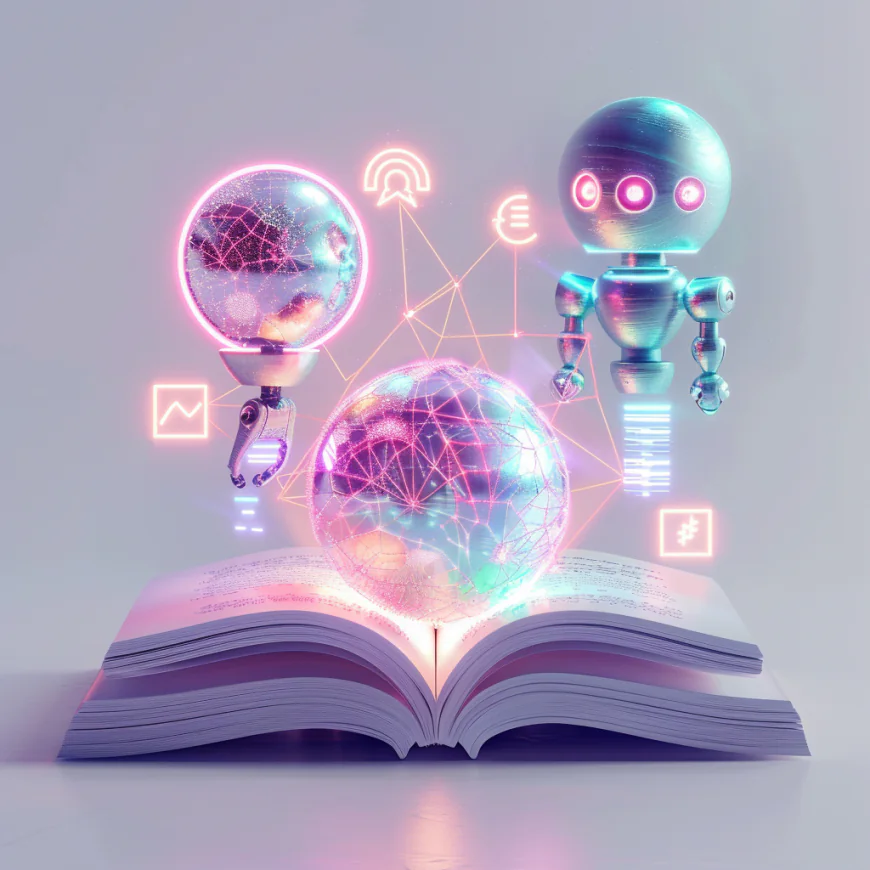
🚀 Mastering AI Learning with RAG: Best Methods in 2025
🧠 Why RAG is Revolutionizing AI Learning in 2025
AI learning isn't just about training models anymore—it's about making them smarter in real-time. Retrieval-Augmented Generation (RAG) bridges the gap between static LLMs and dynamic knowledge, enabling AI to "learn" from external data without full retraining. In 2025, RAG has evolved from basic retrieval to agentic systems that handle complex reasoning, making it essential for developers and businesses pushing AI boundaries.
This guide dives into RAG's core, the top methods dominating 2025, and expert advice to implement them. Whether you're building chatbots or enterprise AI, these techniques will supercharge your workflows.
🔑 What is RAG and How Does It Enhance AI Learning?
RAG combines retrieval from knowledge bases with generative AI to produce accurate, context-rich responses. Unlike traditional LLMs that rely on pre-trained data (often outdated), RAG fetches relevant info in real-time, reducing hallucinations and boosting precision.
At its heart, RAG involves:
- Ingestion: Preprocessing documents into chunks.
- Embedding: Converting text to vectors for search.
- Retrieval: Querying a vector database.
- Generation: Feeding results to an LLM for output.
In 2025, RAG powers AI learning by enabling continuous adaptation—think AI agents that "learn" from company docs or live data streams without fine-tuning costs.
🛠️ Best RAG Methods in 2025: From Basics to Advanced
2025's RAG landscape features hybrid, agentic, and graph-based approaches. These methods address limitations like latency, scalability, and multi-hop reasoning. Here's a breakdown of the top ones.
Naive RAG: The Foundation
Simple keyword or vector search on chunks. Great for starters but prone to fragmentation.
- Pros: Easy setup, low cost.
- Cons: Misses complex relationships.
Advanced RAG: Precision Boosters
Incorporates semantic techniques like Dense Passage Retrieval (DPR) and re-ranking.
- Hybrid Search: Combines vector (dense) and keyword (sparse) for broader coverage.
- Self-RAG: Model critiques its own retrievals for refinement.
- Use case: Multi-turn conversations where accuracy matters.
GraphRAG: Connected Knowledge
Organizes data as graphs (nodes: entities, edges: relationships) for multi-hop reasoning.
- Handles questions like "How does A connect to D via B and C?"
- 26-97% fewer tokens than traditional RAG, per benchmarks.
- Ideal for technical fields like medicine or finance.
Agentic RAG: Autonomous Intelligence
Embeds AI agents for dynamic planning, reflection, and tool use.
- Patterns: Reflection (iterative critique), Planning (task decomposition), Multi-Agent Collaboration.
- Evolves from static RAG to handle real-time adaptation.
- Top tools: LangGraph, CrewAI, OpenAI Swarm.
Cache-Augmented Generation (CAG): The Speed Demon
Preloads knowledge into KV caches, ditching real-time retrieval.
- Up to 40x faster than RAG with higher precision.
- Best for latency-sensitive apps like diagnostics.
Other Emerging Methods
- Long-Context RAG: Leverages extended LLM windows for massive docs.
- Modular RAG: Composable pipelines with APIs for customization.
- Branched RAG: Splits queries into paths for efficiency.
🔑 Comparison Table: Top RAG Methods in 2025
| Method | Key Features | Strengths | Weaknesses | Best For |
|-----------------|----------------------------------|------------------------------------|----------------------------------|-----------------------------------|
| Naive RAG | Basic vector/keyword retrieval | Simple, quick setup | Fragmented outputs, scalability | Prototyping, basic Q&A |
| Advanced RAG| Semantic DPR, re-ranking | High precision, hybrid search | Added complexity | Multi-turn dialogs, domains |
| GraphRAG | Graph structures, multi-hop | Deep reasoning, efficiency | Build time for graphs | Technical analysis, research |
| Agentic RAG| Agents for planning/reflection | Adaptability, multi-agent collab | Computational overhead | Complex tasks, automation |
| CAG | Preloaded KV cache | 40x speed, no retrieval errors | Preload limits context size | Real-time apps, healthcare |
🧪 Real-World Example: Implementing Agentic RAG
Imagine building an AI for financial analysis. Using Agentic RAG:
1. Agent plans: Decompose query into subtasks (e.g., fetch market data, analyze trends).
2. Retrieval: Pull from vector DB or graphs.
3. Reflection: Critique output, refine if needed.
4. Tools: Integrate APIs for live stocks.
Code snippet in Python with LangChain:
```python
from langchain.agents import initialize_agent
from langchain.tools import Tool
from langchain.vectorstores import FAISS
from langchain.embeddings import OpenAIEmbeddings
Setup embeddings and vector store
embeddings = OpenAIEmbeddings()
vectorstore = FAISS.from_texts(["Market data chunk"], embeddings)
Define tools
tools = [Tool(name="Retrieve", func=vectorstore.similarity_search)]
Initialize agent
agent = initialize_agent(tools, llm, agent_type="zero-shot-react-description")
Run query
result = agent.run("Analyze Q2 trends for tech stocks")
print(result)
```
This setup "teaches" the AI to learn from data dynamically. For math: Use cost functions like MSE for optimization:
$$
J(\theta) = \frac{1}{2m} \sum_{i=1}^{m} \left(h_\theta(x^{(i)}) - y^{(i)}\right)^2
$$
Minimize errors in retrieval rankings—RAG abstracts this, but tweaking embeddings gives an edge.
💡 Expert Advice: Search Like a RAG Master
As a RAG expert, here's my no-BS advice for 2025:
- Start Simple: Use frameworks like LangChain or LlamaIndex for quick wins.
- Optimize Retrieval: Hybrid search + re-ranking cuts noise. Test on benchmarks like HotPotQA.
- Go Agentic: For production, integrate agents—handle 80% more complex queries.
- Monitor & Iterate: Track metrics (BERTScore, latency). CAG for speed; GraphRAG for depth.
- Scale Ethically: Preload responsibly to avoid biases. Tools like Pinecone for vector DBs.
Avoid over-retrieval—focus on quality chunks. In 2025, RAG isn't optional; it's how AI truly "learns."
✅ Conclusion: Level Up Your AI with RAG in 2025
RAG transforms AI from rote memorizers to adaptive learners, with methods like Agentic and GraphRAG leading the charge. By fetching real-time knowledge, it slashes errors and amps efficiency—perfect for devs and founders.
So what? Mastering RAG means building AI that scales with your business, saving time and costs.
What's Your Reaction?
 Like
0
Like
0
 Dislike
0
Dislike
0
 Love
0
Love
0
 Funny
0
Funny
0
 Angry
0
Angry
0
 Sad
0
Sad
0
 Wow
0
Wow
0
